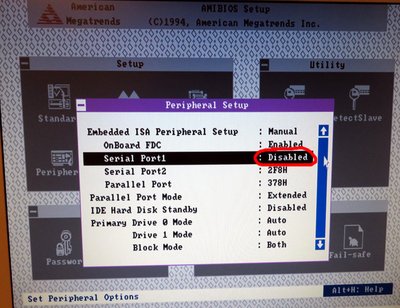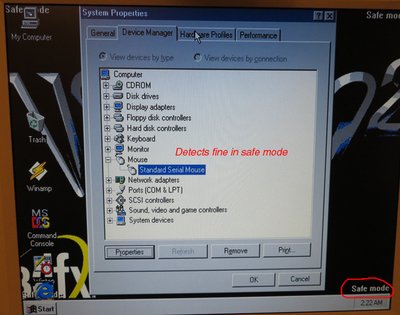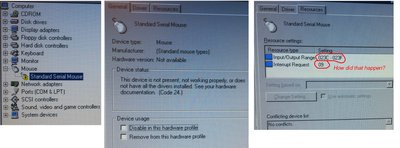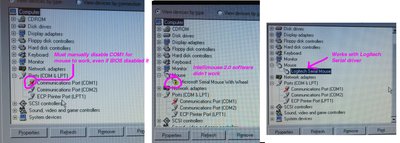Reply 20 of 270, by Rio444
- Rank
- Member
At the Russian-language forum, we discussed for a long time the possibility of using one IRQ with different COM ports, and as a result, everyone agreed that this is possible, only if all ports are on the same ISA card. And the card itself performs IRQ arbitration. The ISA bus does not allow different ISA cards to use the same IRQ at the same time. You can read the discussion here: https://www.phantom.sannata.org/viewtopic.php … =33459&start=27
derSammler, if you doubt that the mouse drivers have problems with the COM3/COM4, give me a list of drivers that work fine. And I will give you a list of drivers that can not find a mouse on COM3/COM4 at all, or without a hint. I tested several drivers, and only the IBM driver worked correctly.
As for the KVM, I do not have such a device.
Yesterday I sent one adapter to feipoa, I'm sure he will test the device with KVM.
My e-mail 












